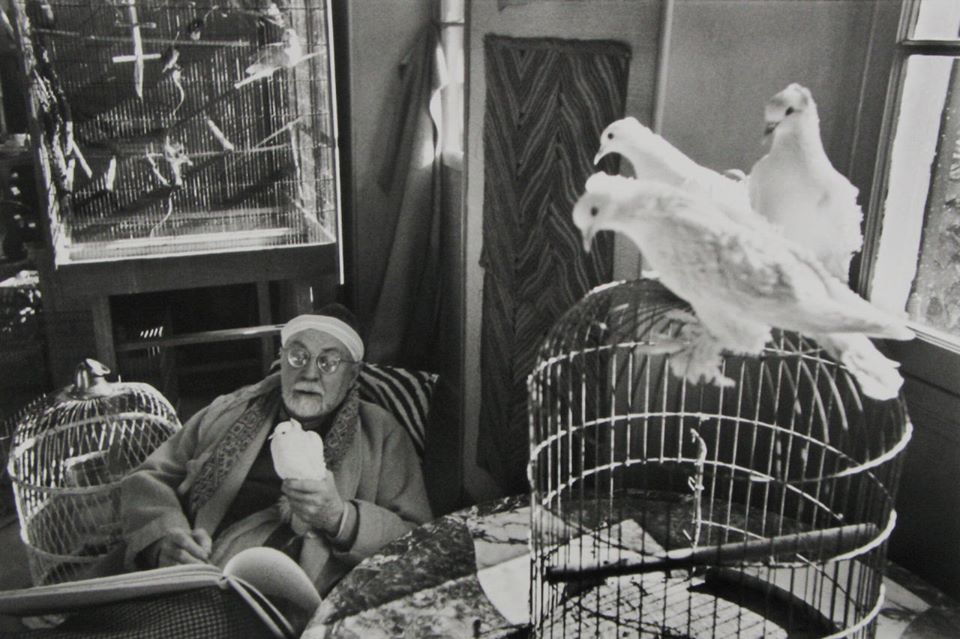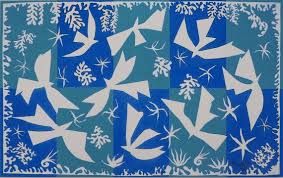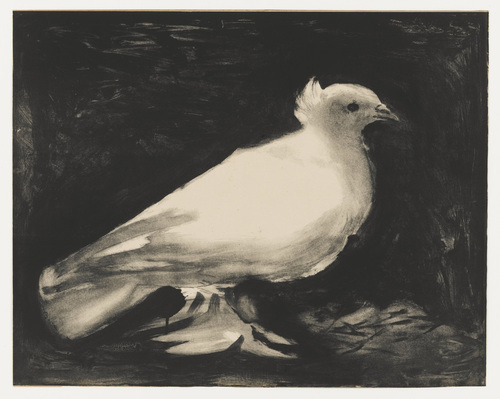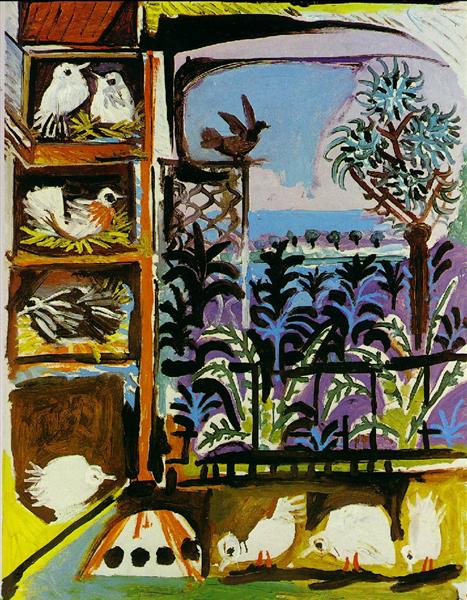Artists and Their Pets in Friendship – Matisse & Picasso
French artist Henri Matisse and Spanish artist Pablo Picasso were friends and rivals. They had a profound influence on one another and their art.
They first met in 1904 when they were introduced at the Paris salon of art collector, Gertrude Stein. At the time they were rivals, each vying for recognition in the art world. Picasso’s disciples once wrote anti-Matisse graffiti on the walls near Picasso’s studio. Matisse responded by using the term “Cubism” to mock the art of Picasso and his followers, a label that stuck and became part of art history.
As they grew older, they grew closer. By the end of World War II, the rivals had become great friends. Matisse was now almost eighty, nearly bed-ridden and living in apartments in Vence, a town close to Nice. Alone, his wife having recently divorced him and his children grown, Matisse kept his studio filled with birds and cats for company and inspiration.
Picasso with his mistress, Francoise Gilot, visited Matisse often. Picasso, who was eleven years younger, brought recent paintings to Matisse for comments. They exchanged paintings and even exhibited together. Picasso considered Matisse “an elder brother.” Matisse thought of Picasso as “the kid.”
Matisse and Picasso shared a love for doves. Picasso grew up around pigeons, which are scientifically the same as doves. His father, also an artist, bred pigeons and they were one of his favorite subjects to paint. In turn, they became a subject Picasso returned to again and again throughout his life.
Matisse’s love for doves began in 1936 when he acquired a a variety of caged songbirds and doves from merchants along the river Seine. He delighted in their shapes and colors, plumage and singing. Doves were also inspiration for his “Cut-outs”.
In a gesture of friendship. Matisse gave Picasso, who also loved birds, one of his doves.
In 1949, Picasso created the “Dove of Peace” poster for the 1949 Paris Peace Conference. It caught on and became an international symbol for the peace movement. Picasso’s daughter with Francoise Gilot was born the same day as the poster hit the streets of Paris. It seemed ordained that she be named Paloma, which is “dove” in Spanish.
When Matisse died in November of 1954, Picasso was disconsolate and couldn’t paint for days. When a friend called on him, he saw him staring out a window, murmuring “Matisse is dead. Matisse is dead”.
Years before he had said, “When one of us dies, there are things the other will not be able to say to anyone else again.” As a final homage to his lost friend, Picasso painted a series called “Studio” showing an open window looking out on the Mediterranean surrounded by doves. Matisse’s doves.



